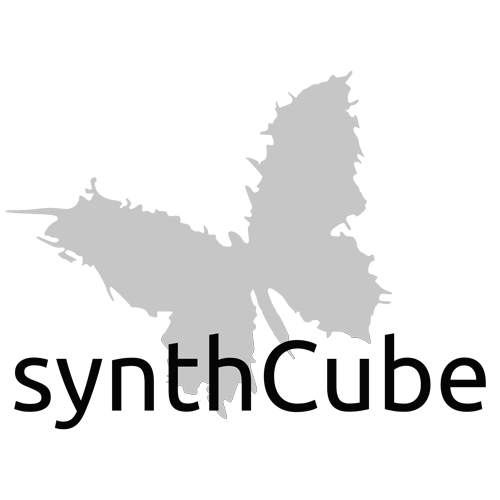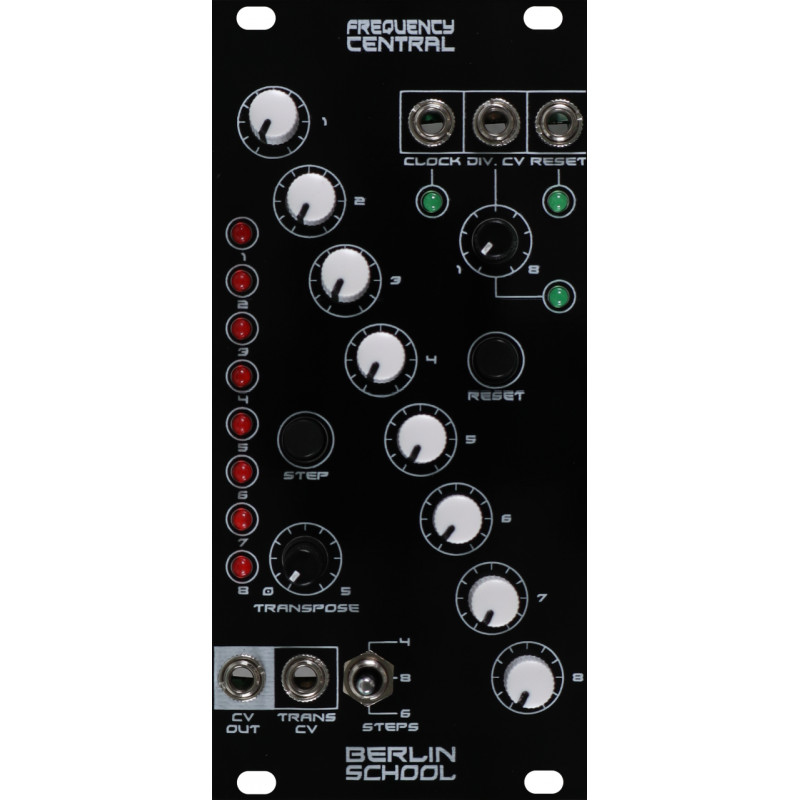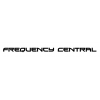Frequency Central Berlin School Sequencer Euro
Frequency Central Berlin School Sequencer Euro
Berlin School is based around the classic CD4017 Johnson counter chip, under the control of a 16F1765 PIC which provides a few novel features:
- Onboard clock division: /1, /2, /3, /4, /5, /6, /7, /8 (integers)
- External voltage control of clock division
- Quantised output (chromatic)
- Quantised manual transpose (chromatic)
- Quantised voltage controlled transpose (chromatic)
- 4 step / 6 step / 8 step options
So what can Berlin School do? Well, it’s lots of fun, and far more fully featured than any old Baby 8, courtesy of being under PIC control. For example:
- you can externally control the length of each individual step via the DIV.CV input socket, by using another CV source, such as another Berlin School, an LFO, or even a sample and hold module – so any step can last for any clock length from 1 through to 8.
- you can externally control transposition of Berlin School via the TRANS.CV input socket, by using an external controller, such as another Berlin School (running at a slower speed), a 1V/oct keyboard (love this!), of any other CV source such as Little Melody for example.
- you can also do both of the above manually by using the DIV knob and the TRANSPOSE knob.
- live tweaking of note information for each step in real time, secure in the knowledge that everything is accurately quantised.
Berlin School has a 5 octave range (0V to 5V). A fun little feature is that if you’re running a sequence and then transpose it, any notes which end up being transposed above 5V are transposed down by one octave (rather than ‘clipping’ on the ceiling), thus preserving the melody!
All told, it’s hands on, tweakable, and lends itself perfectly to on-the-fly live use courtesy of the variations that are available from the use of the onboard divider, transposition features and quantiser.
These kits and assembled modules are offered on demand, click the link to learn more.
| Module Parameters | |
| Format | Eurorack |
| Panel Size | 12HP |


